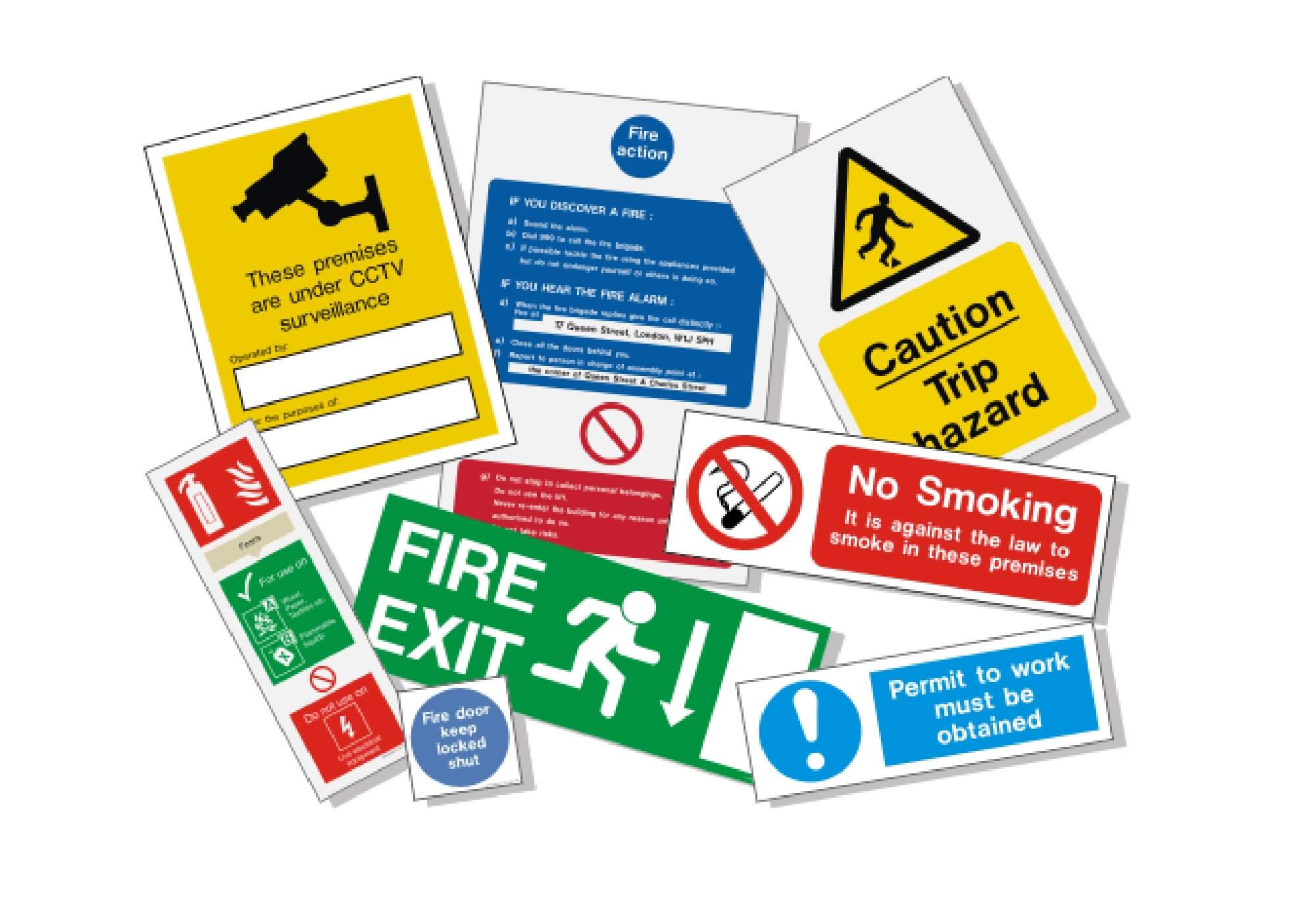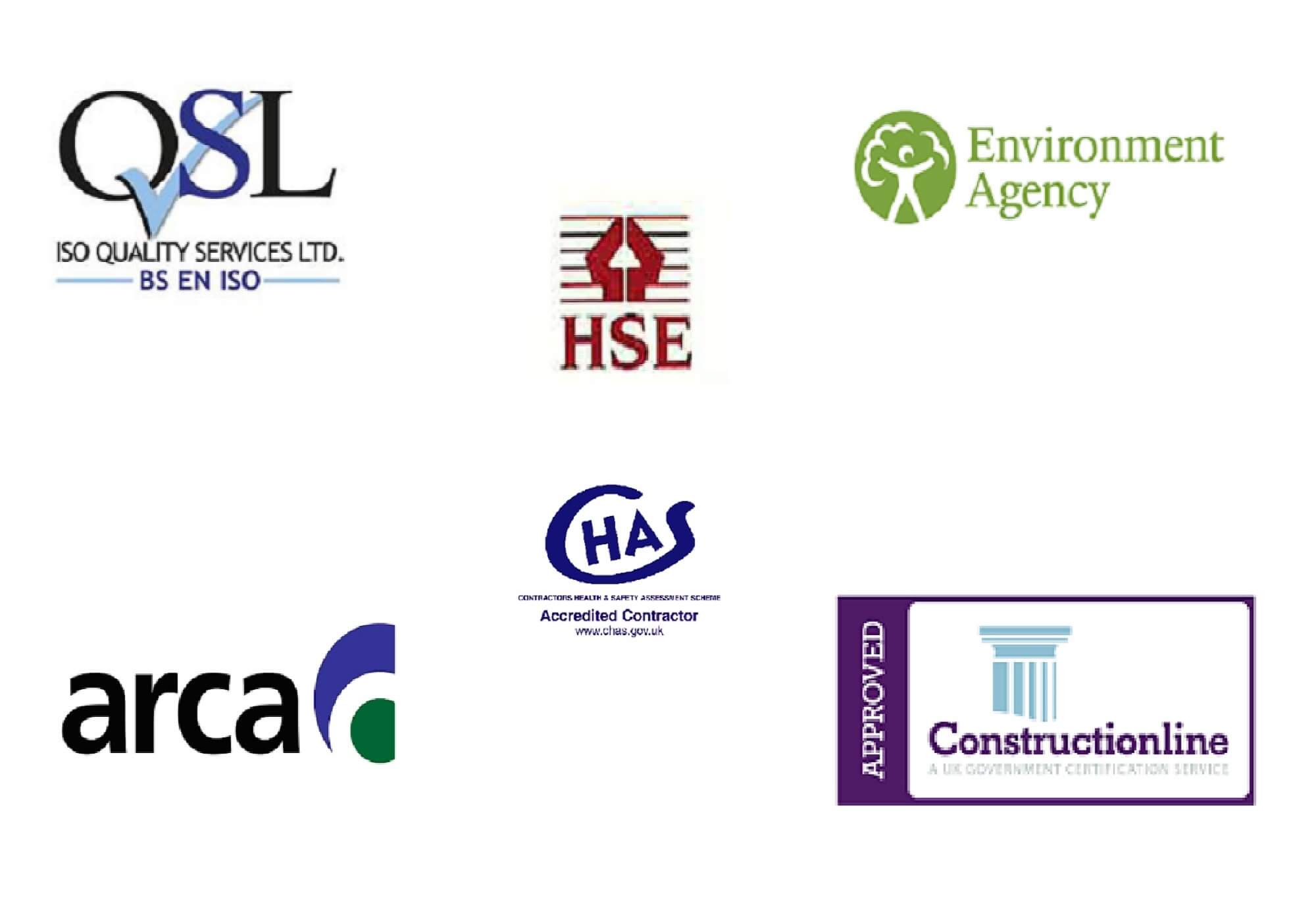FAQs
The most common questions we get asked, answered.
FAQs
The most common questions we get asked, answered.
Your asbestos questions answered…
There are so many questions that we get asked about asbestos, and to answer them all here could send you to sleep. So we’ve taken a view and listed the most common questions and helpful answers. If you have any other questions please do not hesitate to contact us. You can either ask your question on the form below or call us where one of the team will be happy to answer any questions you may have.
Q. What is asbestos?
A. Asbestos is a naturally occurring mineral that is mined in many places in the world. The material got its name from ‘asbestiform’ that describes the fibrous structure that gives it flexibility and strength. It was used extensively in the past in building materials before its UK ban in 1999. Prior to this, asbestos was primarily used for insulation, flooring and roofing. It became clear that asbestos can cause serious damage to the lungs, causing diseases such as lung cancer and Mesothelioma. This is the reason for the UK wide ban in 1999, however, buildings constructed or refurbed before the year 2000 have the possibility to still contain asbestos and should be presumed until proven otherwise.
Q. Could my property contain asbestos?
Asbestos may be part of any commercial or domestic building which was built or refurbished before the year 2000. Asbestos can typically still be found in any of the following:
- Textured decorative coatings / Artex.
- Asbestos insulating board (AIB).
- Floor tiles / Bitumen.
- Textiles and composites.
- Loose Asbestos in ceiling and wall cavities.
- Sprayed coatings on ceilings, walls and beams / columns.
- Asbestos cement products (flues / pipes / soffits etc)
- Lagging (on pipes and boilers etc)
- Cement water tanks and toilet cisterns
Q. What are the health risks if I have asbestos in my home, building, or school?
A. Asbestos that is in good condition and left undisturbed is unlikely to present a health risk. The risk from asbestos occurs when its damaged or disturbed where asbestos fibres become airborne and can be inhaled. Managing and maintaining asbestos is often the best approach.
Q. What are the health effects of asbestos exposure?
A. Exposure to the asbestos-containing material can result in serious health problems. Three common health disorders that are associated with inhalation of asbestos fibres include:
- Asbestosis —A progressive, serious noncancerous lung disease
- Mesothelioma — A rare type of cancer that forms in the chest, heart, abdomen, and thin lining of the lung
- Lung cancer
Harmful health effects of asbestos exposure become apparent in four to five decades. Even short-term exposure can result in harmful health effects. At the present, there is no cure for asbestos related disorders.
Q. What year did we ban asbestos?
A. The use of all asbestos within the UK was banned in November 1999. Crocidolite (blue) & Amosite (Brown) were banned back in 1985 together with some forms of Chrysotile (white) in 1992.
What’s your question?
Our Offices
Midlands (Head Office)
T 01299 402 455
Hoobrook Industrial Estate, Worcester Road,
Kidderminster DY10 1HY
midlands@djhintons.co.uk
South Wales
T 01443 401 589
Unit 44, Albion Industrial Estate, Clifyndd Road,
Pontypridd, Glamorgan CF37 4NX
southwales@djhintons.co.uk
London
3rd Floor,
207 Regent Street, Greater London,
W1B 3HH
T 020 3904 2453
london@djhintons.co.uk
North Wales T: 01686 449 055
northwales@djhintons.co.uk
For your absolute peace of mind




